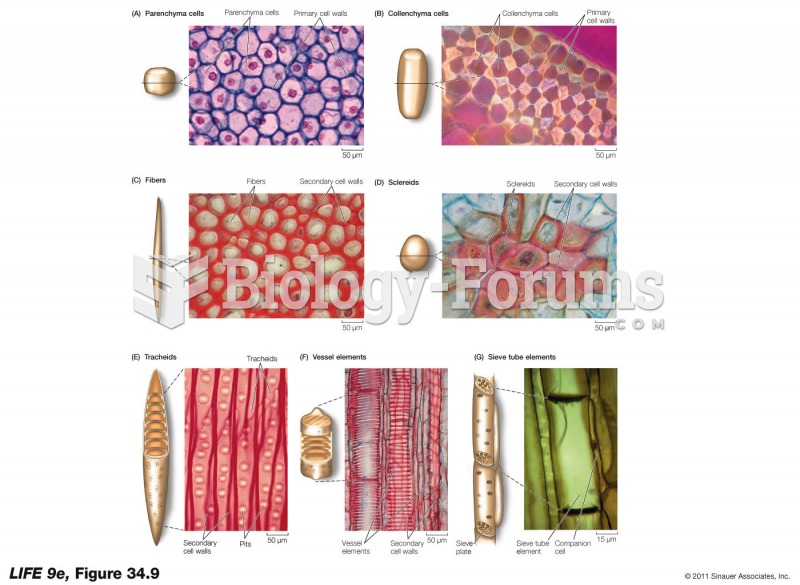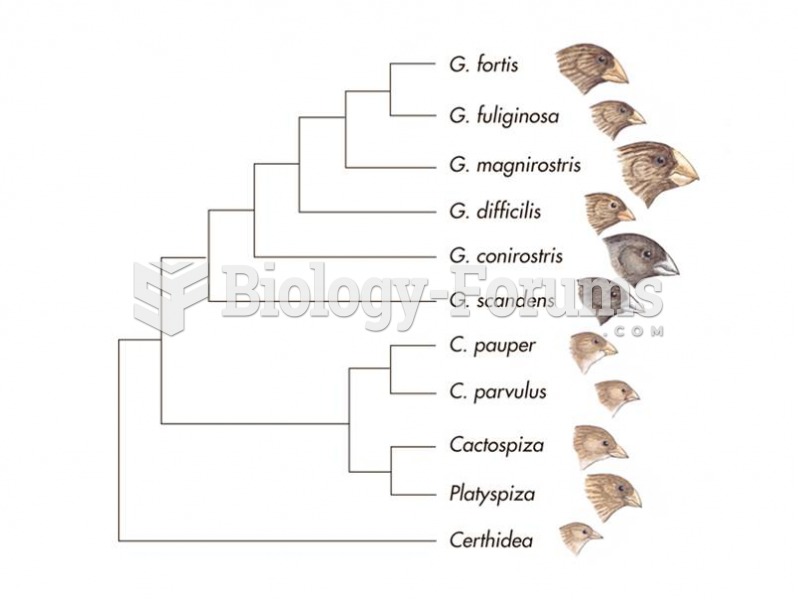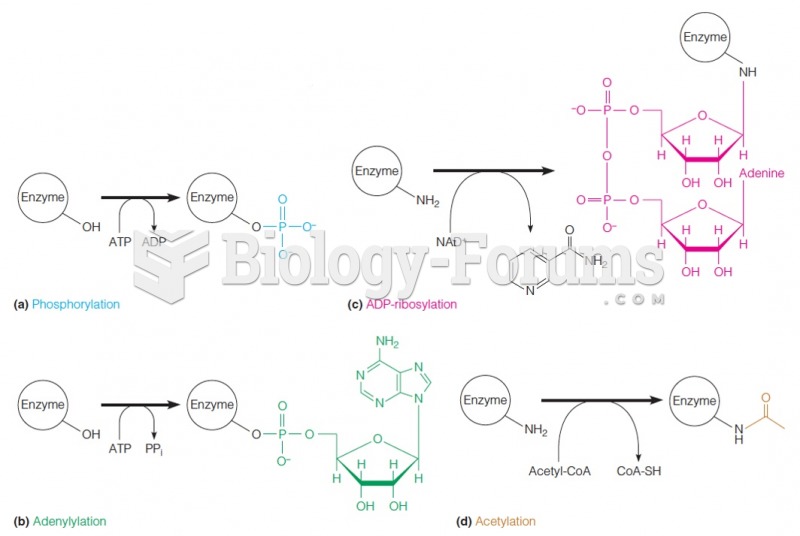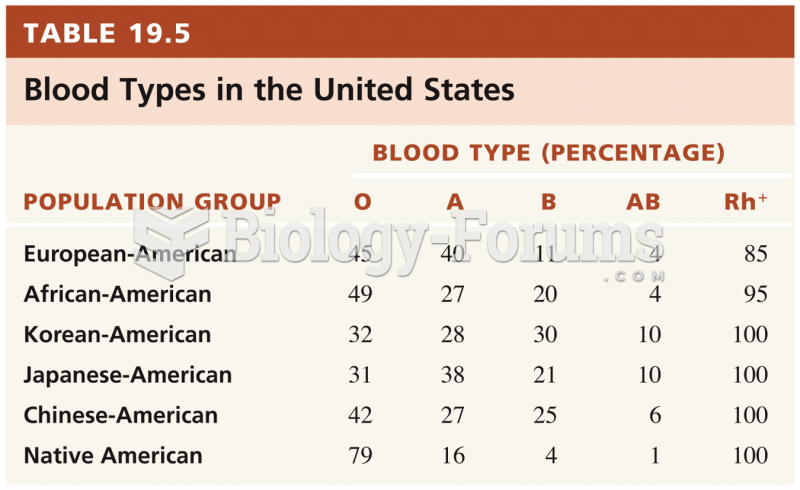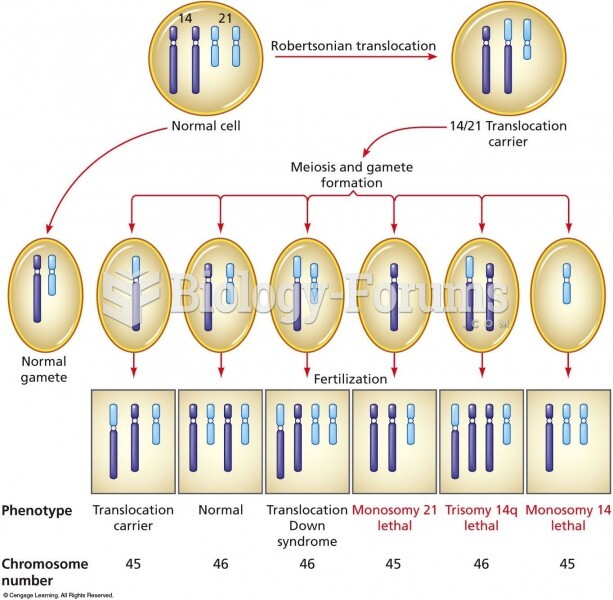Answer to Question 1
C
Explanation: C) Innovation, a more specialized kind of change, is a new idea applied to initiating or improving a product, process, or service. So all innovations imply change, but not all changes necessarily introduce new ideas or lead to significant improvements.
Answer to Question 2
Appreciative inquiry (AI) accentuates the positive. Rather than looking for problems to fix, it seeks to identify the unique qualities and special strengths of an organization, which members can build on to improve performance. That is, AI focuses on an organization's successes rather than its problems. The AI process consists of four steps, discovery, dreaming, design, and destiny, often played out in a large-group meeting over a two- or three-day time period and overseen by a trained change agent. Discovery sets out to identify what people think are the organization's strengths. Employees recount times they felt the organization worked best or when they specifically felt most satisfied with their jobs. In dreaming, employees use information from the discovery phase to speculate on possible futures, such as what the organization will be like in five years. In design, participants find a common vision of how the organization will look in the future and agree on its unique qualities. For the fourth step, participants seek to define the organization's destiny or how to fulfill their dream, and they typically write action plans and develop implementation strategies.
In double-loop learning, organizations correct errors by modifying objectives, policies, and standard routines. Double-loop learning challenges deeply rooted assumptions and norms. It provides opportunities for radically different solutions to problems and dramatic jumps in improvement. It's one in which people put aside their old ways of thinking, learn to be open with each other, understand how their organization really works, form a plan or vision everyone can agree on, and work together to achieve that vision.
AI and double-loop learning are similar in that they both have management's support for explicit, positive change. Although AI doesn't necessarily flatten the organization's structure, it reaches out to all levels of the organization for ideas, creating a team-like structure which is characteristic of the double-loop learning organization. However, double-loop learning creates a more innovative culture and rewards failures, whereas with AI, although all suggestions are listened to, it is up to management which ideas actually get implemented.


